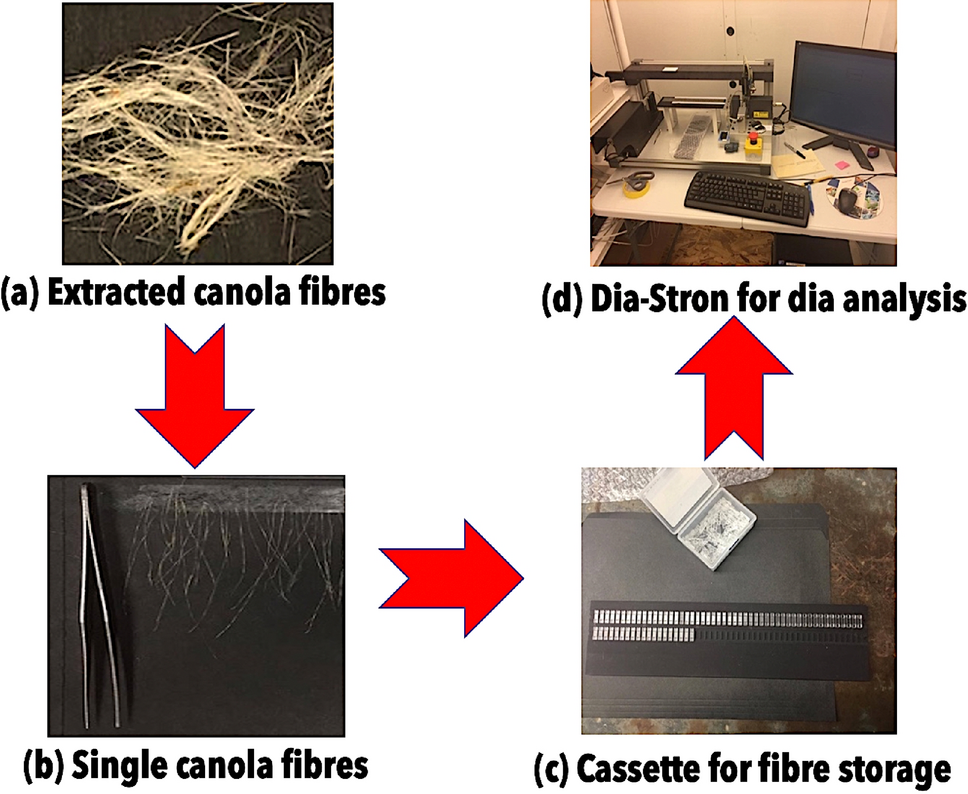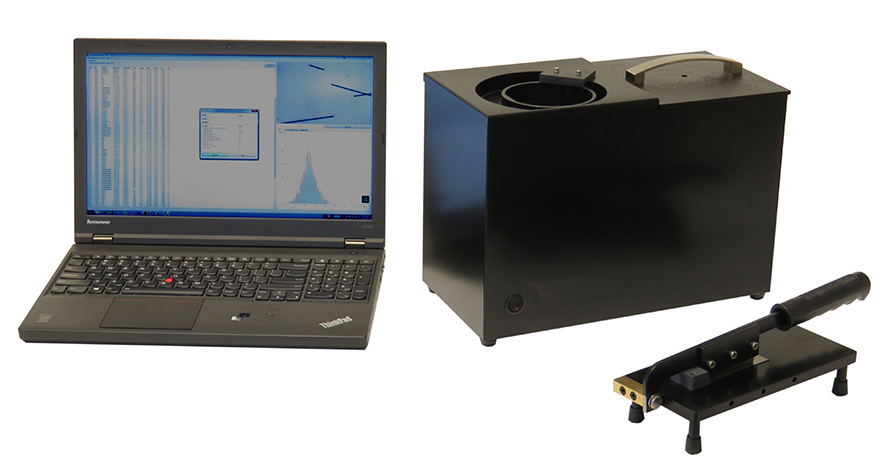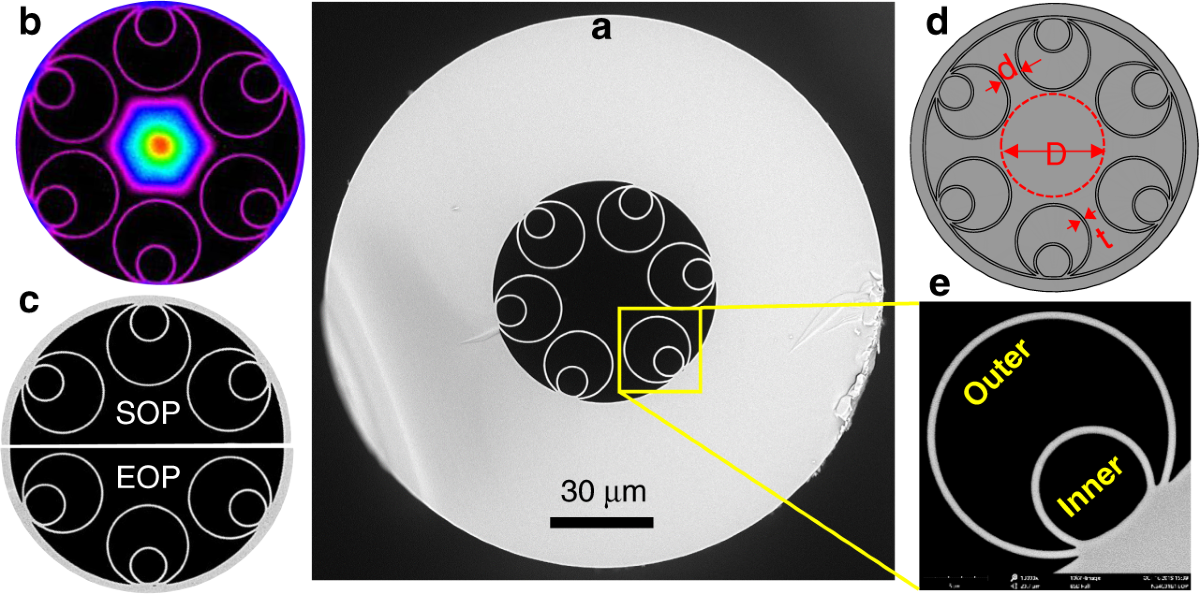The Importance of an Optical Fibre Diameter Analyser in Testing Environments
The Importance of an Optical Fibre Diameter Analyser in Testing Environments
Blog Article
Maximize Your Fibre Optic Efficiency: Understanding Optical Fiber Diameter Analyser Modern Technology
The efficiency of fibre optic systems is critically affected by the accuracy of their size, an aspect often overlooked in the quest of optimum signal integrity. Understanding the technology behind optical fiber size analysers reveals the elaborate balance between dimension accuracy and manufacturing high quality. These tools not only enhance conformity with market criteria but additionally supply real-time understandings that can preemptively address potential concerns. However, the implications of their usage prolong past plain measurement; they can essentially alter the landscape of fibre optic effectiveness. What elements should one take into consideration to harness their full potential?
Value of Optical Fiber Size
The diameter of optical fiber plays an essential role in identifying the performance and effectiveness of interaction systems. On the other hand, smaller sized diameters have a tendency to sustain less settings, which can boost signal clarity and decrease crosstalk.

Furthermore, recognizing the diameter's effects can bring about cost financial savings by reducing the requirement for signal boosting and repeaters in comprehensive networks (optical fibre diameter analyser). To conclude, the importance of optical fiber diameter can not be overemphasized, as it directly impacts the overall effectiveness and integrity of modern-day interaction systems

Exactly How Diameter Affects Signal Quality
Signal high quality in optical fibre systems hinges substantially on the size of the fibre. The size influences numerous vital criteria, including depletion, bandwidth, and modal diffusion. A smaller sized diameter can result in greater depletion rates, causing signal loss as light travels via the fiber. This depletion can jeopardize the honesty of the transmitted data, leading to a decrease in signal quality, specifically over fars away.
Conversely, bigger diameters typically allow for boosted light capture and reduced modal diffusion, boosting signal quality. In multimode fibers, a larger core size can support numerous light settings, but it might also introduce intermodal diffusion, which can deteriorate signal top quality. For that reason, choosing the optimum fibre diameter is vital for achieving the wanted performance in specific applications.
Furthermore, the interaction between the fibre diameter and the wavelength of the light used plays a critical function in establishing the efficient transmission distance and total signal stability. Because of this, understanding how fibre size impacts signal quality is crucial for network designers and engineers striving to enhance optical fiber systems for reliable, high-speed data transmission.
Overview of Size Analyser Technology
In lots of optical fibre manufacturing processes, precise dimension of fiber size is crucial for guaranteeing consistent efficiency and quality (optical fibre diameter analyser). Size analysers are advanced tools created to evaluate the physical measurements of optical fibers with high precision. They use innovative optical and laser innovations to gauge the diameter, ovality, and concentricity of the fibre, hence giving vital data for quality assurance
These analysers can run in-line throughout the production procedure or as part of off-line screening procedures. In-line systems make it possible for real-time surveillance, allowing manufacturers to readjust specifications immediately, therefore maintaining optimum manufacturing conditions. Off-line analysers, on the various other hand, offer thorough examinations of sets, guaranteeing that any kind of variances from defined tolerances are identified and dealt with.
Size analysers dramatically add to the decrease of flaws in optical fibers, enhancing total product dependability. By regularly measuring key criteria, these modern technologies help with conformity with industry standards and specs. As the need for high-performance optical fibres remains to rise, the role of size analysers becomes progressively essential in accomplishing the desired high quality and performance criteria in fibre optic systems.
Trick Functions of Fibre Diameter Analysers
Although various designs of fiber diameter analysers exist, they typically share numerous crucial features that improve their functionality and reliability. Among the most considerable attributes is high-resolution dimension capacities, which guarantee exact diameter analyses, vital for maintaining top quality control in fibre manufacturing. Additionally, many analysers include sophisticated optical sensing units made to identify minute variations in fiber diameter, thus providing very useful information for process optimization.
An additional important feature is real-time tracking, enabling operators to get prompt feedback on fibre size throughout the production procedure (optical fibre diameter analyser). This capability promotes rapid changes and reduces the likelihood of issues. Numerous analysers likewise come equipped with easy to use user interfaces, enabling drivers to quickly navigate via information and settings outputs
In addition, durable data storage and evaluation performances are vital for tracking historical efficiency patterns and guaranteeing compliance with market standards. Some versions even offer connection choices for integration into existing manufacturing control systems, improving general functional effectiveness. Last but not least, portable and compact designs permit versatile deployment within production settings, making certain that high quality guarantee procedures are seamless and reliable. These attributes collectively add to the effectiveness of fiber diameter analysers in maximizing fiber optic efficiency.
Ideal Practices for Fiber Optimization

First, normal calibration of optical fiber diameter analysers is necessary. This makes certain precise dimensions and lessens prospective disparities that could impact performance. Next, maintaining a clean workplace is essential; dirt and pollutants can cause signify destruction.
Furthermore, it is important to pick fibres that fulfill certain application demands. This entails examining factors such as attenuation, bandwidth, and ecological conditions. Proper setup strategies should also be adhered to, including avoiding sharp bends and extreme tension, which can compromise fiber stability.
Moreover, utilizing sophisticated tracking systems can promote real-time efficiency analyses, enabling punctual recognition of concerns. Regular testing and maintenance need to be conducted to guarantee that fibers continue to be within ideal operational parameters.
Finally, training workers on the most recent fibre optimization modern technologies and methods will certainly enhance their ability to apply efficient methods. By adhering home to these finest practices, organizations can check over here considerably boost the performance and lifespan of their optical fibre systems, guaranteeing efficient interaction and data transfer.
Final Thought
To conclude, the combination of optical fibre size analyser innovation is important for taking full advantage of fiber optic efficiency. By making sure exact dimensions of fiber dimensions, these analysers substantially boost signal high quality and minimize losses during data transmission. Routine calibration and upkeep of the analysers are imperative to promote ideal efficiency and compliance with sector standards. Inevitably, the application of this technology helps with improved information transmission prices Full Article and enhances signal honesty, adding to the overall effectiveness of fibre optic systems.
Signal high quality in optical fiber systems hinges considerably on the size of the fiber.In several optical fibre manufacturing processes, precise dimension of fibre diameter is important for ensuring consistent efficiency and top quality. As the demand for high-performance optical fibers continues to climb, the duty of size analysers comes to be significantly important in accomplishing the preferred high quality and performance requirements in fiber optic systems.
These attributes jointly add to the efficacy of fibre diameter analysers in maximizing fibre optic efficiency.
In conclusion, the combination of optical fiber diameter analyser innovation is important for optimizing fibre optic efficiency.
Report this page